Come Together
- By Maggie Masetti
- April 9, 2013
- 2 Comments
If you’re at all a fan of astronomy, you’ve probably marveled over the many beautiful photos of spiral galaxies that are out there. Like this one of NGC 3344 captured by the Hubble Space Telescope.
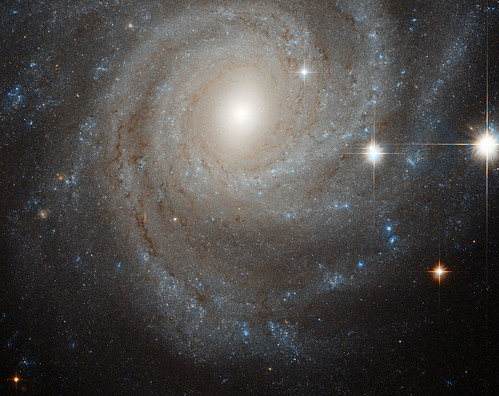
Credit: ESA/Hubble & NASA
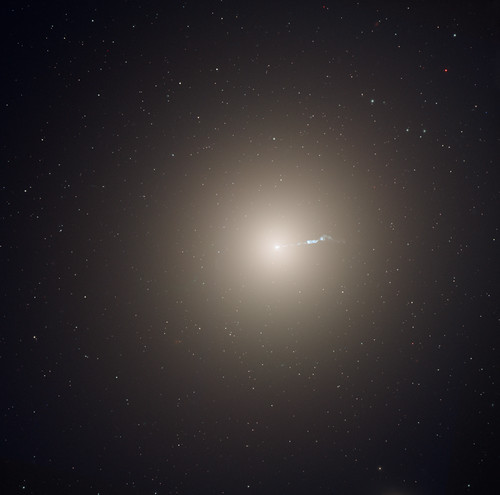
Giant elliptical galaxy, M87, located in the Virgo cluster, Credit: ESA/Hubble & NASA
When we look at very distant galaxies, we see a completely different picture. Older galaxies tend to be small and clumpy, often with a lot of star formation occurring in the massive clumps. The question of how these clumpy galaxies evolve and develop structure over time is a big open question in astronomy, and we hope that the powerful up-and-coming James Webb Space Telescope will help astronomers to learn more.

Clumpy galaxy spied by the Hubble
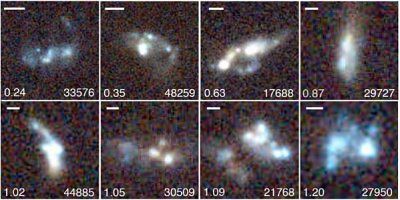
Clumpy galaxies spied by the Hubble
Other unanswered questions about galaxies include the following. How did the first galaxies form? How did we end up with the large variety of galaxies we see today? (We see not only organized and structured spiral galaxies in the modern universe, we also see giant ellipticals, and galaxies in a wide variety of shapes and sizes.) We now know that extremely large black holes live at the centers of most galaxies – but what is the nature of the relationship between the black holes and the galaxy that hosts them? There is also more to understand about the mechanisms that cause star formation whether it happens internal to a galaxy or because of a merger.
One thing we do know is that galaxies are still forming and assembling today. There are many, many examples of galaxies colliding and merging to form new galaxies. And in our own local neighborhood of space, the Andromeda galaxy is headed toward the Milky Way for a possible future collision – many billions of years from now!
Here’s an example of a galaxy (named IRAS 23436+5257) thought to be, because of its twisted, worm-like structure, the result of a collision and subsequent merger of two galaxies.

Credit: ESA/Hubble and NASA, Acknowledgement: Judy Schmidt
Visible light Hubble data combined with infrared data from Spitzer, to create this stunning image of M51, the Whirlpool galaxy. M51, as you can see, is actually two interacting galaxies (formally NGC 5194 and 5195). Phil Plait has a good write-up on this image.
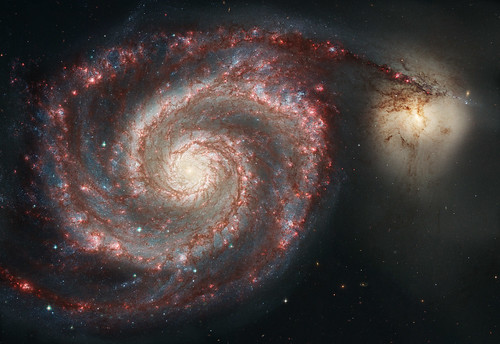
Credit: vdHoeven/NASA/JPL-Caltech/R. Kennicutt (Univ. of Arizona)/DSS

Credit:NASA/JPL-Caltech/STScI/H. Inami (SSC/Caltech)
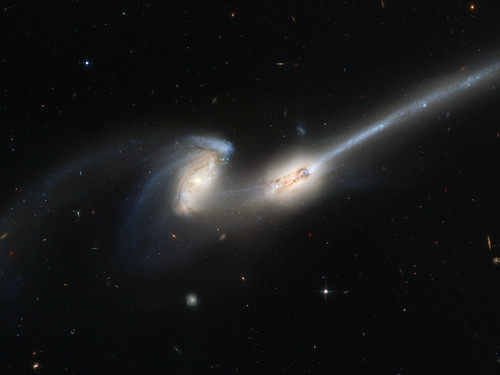
Hubble image, Credit: NASA, Holland Ford (JHU), the ACS Science Team and ESA
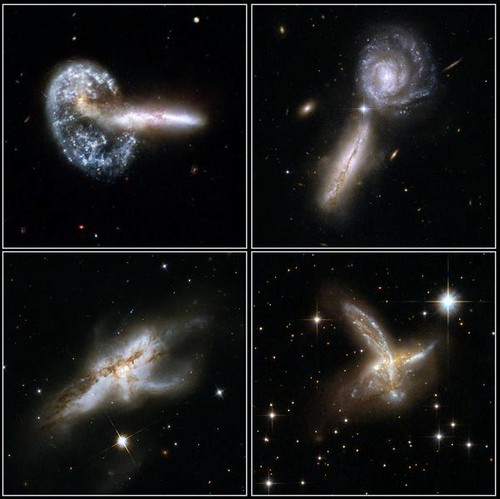
Image: NASA/ESA/Hubble Heritage Team/STScI/AURA/A Evans/University of Virginia/NRAO/Stony Brook University/K Noll/J Westphal)
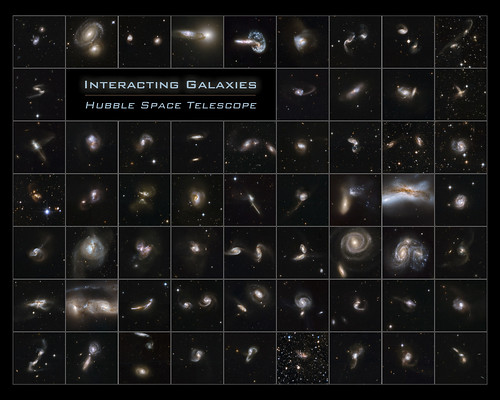
Credit: NASA, ESA, and the Hubble Heritage (STScI/AURA)-ESA/Hubble Collaboration, A. Evans (University of Virginia, Charlottesville/NRAO/Stony Brook University), W. Keel (University of Alabama, Tuscaloosa), K. Noll, B. Whitmore and M. Stiavelli (STScI), G. Ostlin (Stockholm University), and J. Westphal (Caltech)



those visuals were breathtaking…guess reasons astronomers live for… I think we should have more of these visuals and pics accessible to kids learning science in high school.. sure shot way to get them interested in science
[…] also: NASA.gov (Maggie’s Blog), shows detailed frame-by-frame of small and large galxies forming over billions of […]